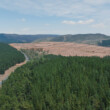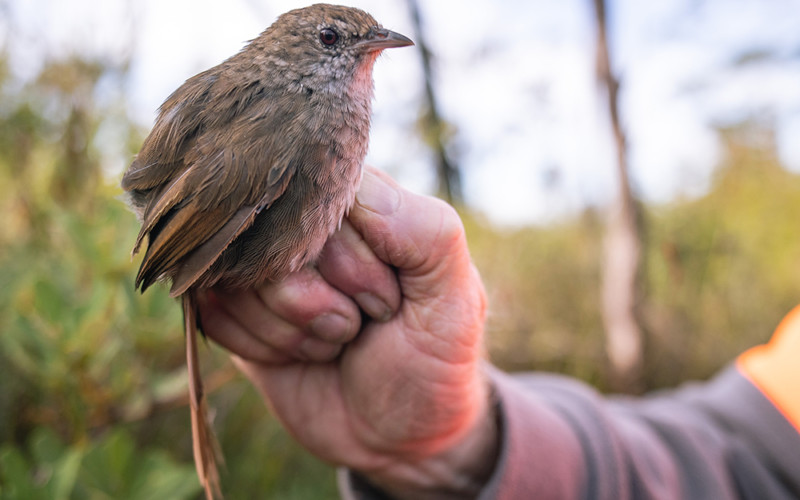Koalas, rock wallabies and the Nightcap Oak are some of the iconic species set to be protected under an historic National Parks plan to declare 221 sites as Assets of Intergenerational Significance (AIS) and set a target of zero extinctions of species on the NSW National Park estate.
Environment Minister Matt Kean said the National Parks and Wildlife Service (NPWS) Threatened Species Framework was about protecting and improving the health of our threatened and iconic species for future generations.
“Australia has the worst mammal extinction rate in the world and today in NSW, on Threatened Species Day, we say no more,” Mr Kean said.
“Globally, one million species face extinction over the coming decades and, as international biodiversity negotiations continue, everyone needs to aim high.”
“Just as we have a net zero emissions target, we now also have a target of zero extinctions of species on our National Park estate, and are aiming to improve and stabilise the status of threatened species.”
“But our plan isn’t just about targets – it’s also about action and that’s why I am making declarations for 221 sites to protect 92 endangered and iconic species,” Mr Kean said.
“These AIS declarations are a game changer for threatened species, triggering the strongest possible legal protections – mandating conservation plans, targeted feral animal control, bespoke fire management and monitoring and reporting.”
“We legislated the AIS provisions following the NSW Bushfire Inquiry, which highlighted the need to protect our most important ecological and cultural assets.”
The new AIS have been identified as home to species at risk from feral animals, bushfire and climate change, and follow the first AIS declaration earlier this year to protect the ancient Wollemi Pines.
KEY FACTS
- The AIS initiative is a key pillar of the National Parks Threatened Species Framework, which will align NPWS with the global biodiversity agenda and position the agency as a world leader in threatened species conservation.
- AIS declarations for land containing important threatened species habitat, supported by Conservation Action Plans will ensure NPWS:
- has identified the most important on-park habitat for threatened species, has up-to-date data on populations in these areas, and can share this information with others, including firefighting agencies and conservation partners
- has action plans in place to reduce threats and improve the conservation status of threatened species in priority locations
- is regularly monitoring the health of these populations and publicly reporting outcomes.
- Other measures being implemented to protect threatened species on national parks include:
- Acquisition of key threatened species habitat for addition to the national park estate
- The establishment of a network of feral predator-free areas to support the return of more than 25 locally extinct species
- Delivery of the largest feral animal control program in national park history
- Establishment of a dedicated ecological risk unit to ensure threatened species are considered in new fire plans
- Rolling out a world class ecological health framework across national parks
- In total 66 plant species (Including the previously declared Wollemi Pine) and 27 animal species including 13 mammals, four birds, seven frogs and three reptiles
- 221 AIS sites across 110 national parks totaling 301,843 hectares (3.89% of the National Parks estate
- 92 new species of plants and animals to attain AIS status, including:
- Brush-tailed Rock-wallaby: 7 sites including a highly endangered population in the Warrumbungles, where the population is now < 10 individuals
- Koala: 15 of the most important koala strongholds on national parks such as Lake Innes, Port Macquarie and Upper Nepean SCA, south west of Sydney.
- Dwarf Mountain Pine: Less than 800 plants remain in the spray zones along cliff faces between Wentworth Falls and Katoomba in the upper Blue Mountains.
- Nightcap Oak: a small population of around 125 adult plants found only on the Nightcap Range, north of Lismore.
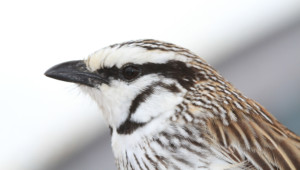
Grey Grass Wren 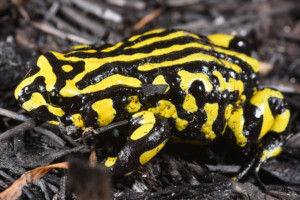
Corrobboree Frog 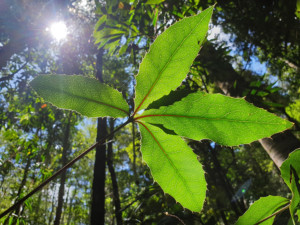
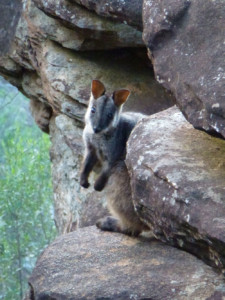
Brush Tail Rock Wallaby 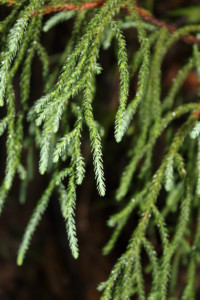
Pherosphaera fitzgeraldii (Dwarf Mountain Pine) 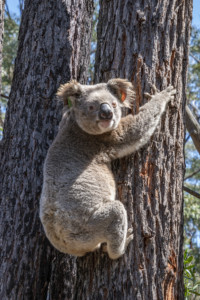
Koala



